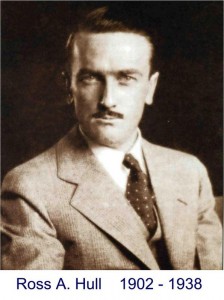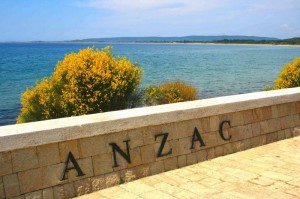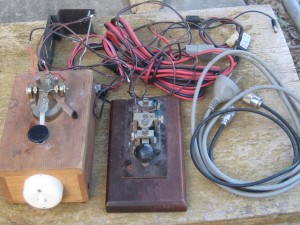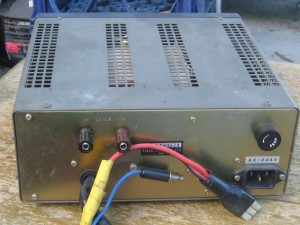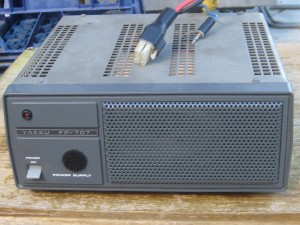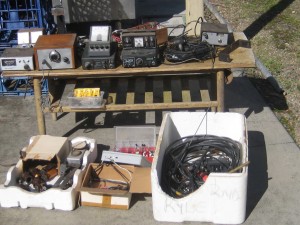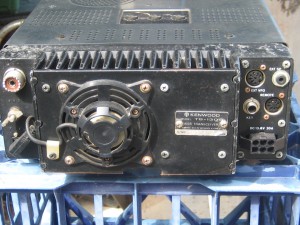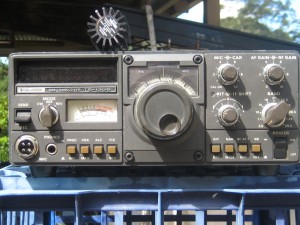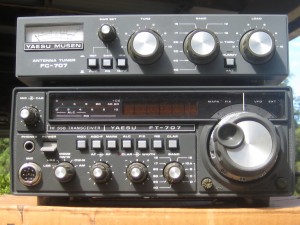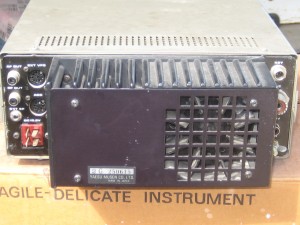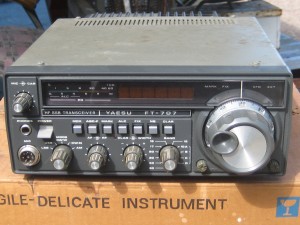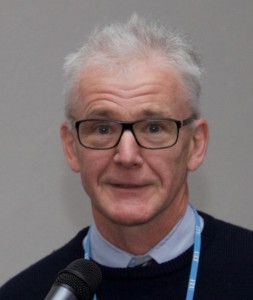
Via the WIA, original post here.
Date : 04 / 12 / 2015
Author : Phil Wait – VK2ASD
The ITU World Radiocommunications Conference recently held in Geneva Switzerland has resulted in modified Radio Regulations that will become an international treaty in January 2017. Dale Hughes VK1DSH, who chaired a key working group, and was jointly funded by the WIA and IARU, says there was a lot of interest in the new amateur service secondary allocation at 5 MHz. The amateur service gained 5351.5-5366.5 kHz with regional power limits of 15 watts to 25 Watts measured in effective isotropic radiated power (EIRP).
Dale’s task wasn’t easy as, in the beginning, there was a strong push for no such allocation from countries such as Russia, France, Iran and the RCC – which roughly was a grouping of former Soviet Union states. Joining them was Romania, Japan, Korea, Egypt and one African country. After lengthy talks a 15 kHz-wide allocation with a power limit began to emerge. Although the opposition slowly changed, it was not until very late in the process that the final no-change position was withdrawn.
Dale VK1DSH then had final negotiations with the Australian Department of Defence and the ACMA, originally seeking only a 10 kHz-wide allocation, but that too was resolved. Countries that already have a 60m allocation under domestic arrangements may continue with their 5 MHz access, which will now dovetail into the new global frequency allocation. However, for Australia it will be some time before Amateur Radio gets the new band as that spectrum is already heavily used by others. The WIA and the ACMA will be discussing how it can be achieved. Irrespective of the specific Australian situation, achieving a new global HF allocation for the amateur service is a remarkable outcome.
Dale Hughes VK1DSH said the amateur service has presented a united, professional front to the world community and the views of the amateur service through the IARU are taken into account. “All radio amateurs should be proud of this fact. Our success in obtaining a new high frequency allocation at 5 MHz was a result of a very good team effort,” he said.
Other items of interest to Amateur Radio are a new allocation in the 77.5 – 78 GHz frequency band for the radio location service. Radio amateurs have a primary allocation in the same band, but sharing studies indicate that there will be minimal impact to and from short range vehicle radar systems. The decision paves the way for the deployment of anti-collision radar devices globally, which the ITU said will significantly improve vehicular safety and reduce traffic accidents.
There is a new allocation to the Earth Exploration Satellite Service that could cause interference to amateur activities in the 3cm band, though sharing studies show that typical amateur activities would not be affected by signals from the earth exploration satellites.
Another agenda item sought to obtain up to 500 MHz of spectrum for International Mobile Telecommunications, posing a possible threat to a number of microwave amateur bands. The future issue of more bandwidth for IMT (sought for mobile and broadband applications) remains a threat to amateur allocations, and the WIA expects several items of interest to the amateur service to be on the agenda for the next WRC conference in 2019.
Dale said the role of being a Sub Working Chairman was challenging in every way. However he said: “Win-lose-or-draw the most important part of events in the past few weeks is that the amateur service has presented a united, professional front to the world community, and the views of the amateur service (through the IARU) continue to be taken into account when significant decisions are made. All radio amateurs should be proud of this fact. Our success in obtaining a new high frequency allocation for the amateur service was a result of a very good team effort”.
A big thank you to Dale Hughes, VK1DSH.

